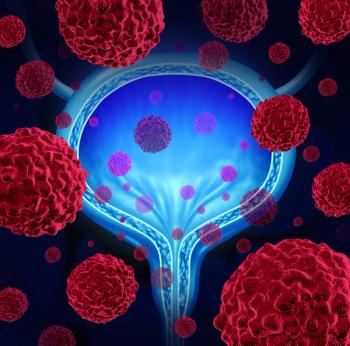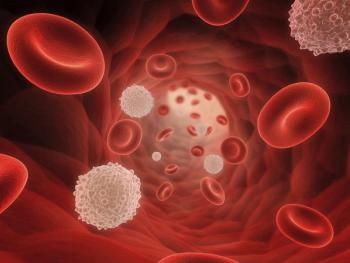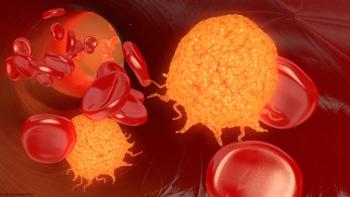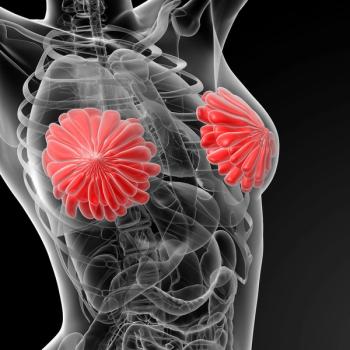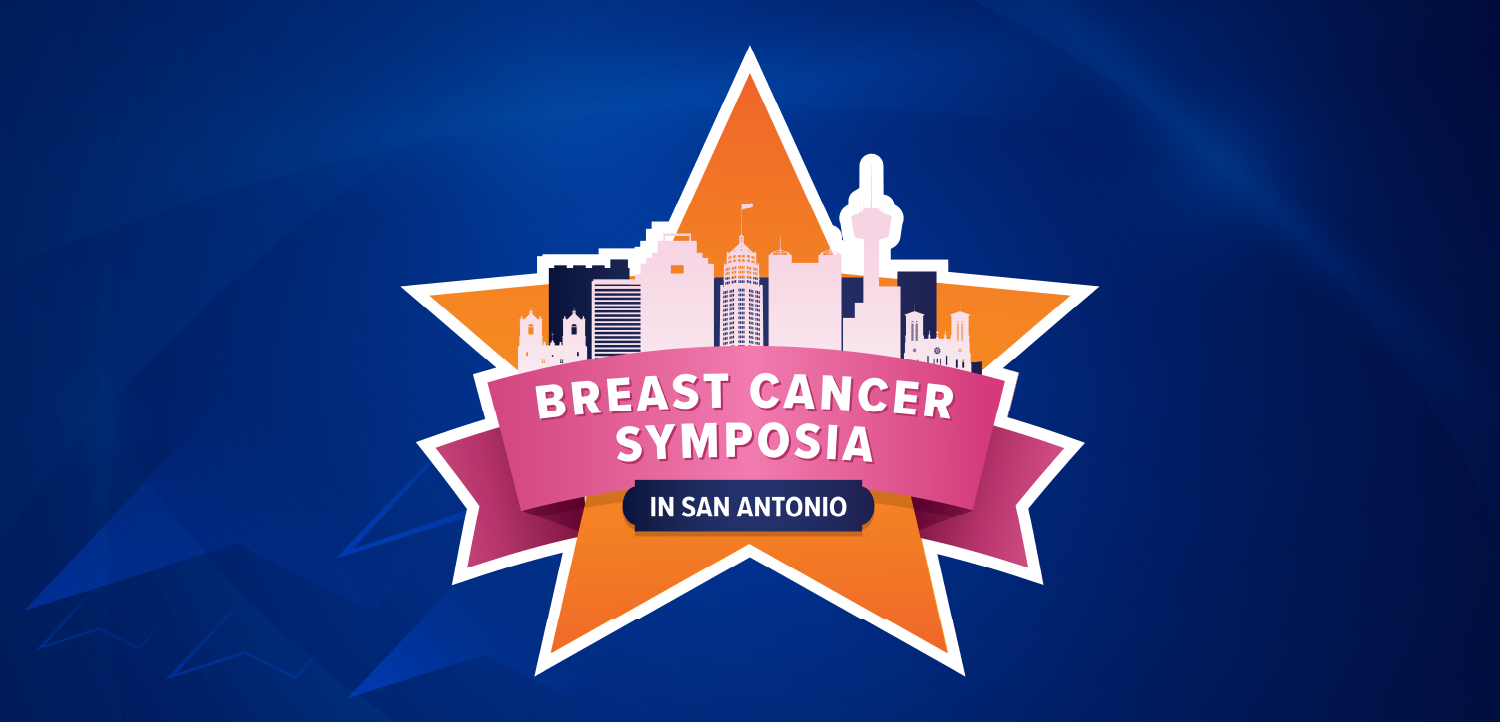
Fish Oil and a High Omega-3 Diet Reduced Prostate Ki-67 Index
Patients who did not receive fish oil experienced a Ki-67 index increase of 24% vs the 15% Ki-67 index decrease for patients with a low omega-6, high omega-3 diet who received fish oil.
Results from the CAPFISH-3 trial (NCT02176902) presented at the
The Ki-67 index decreased by 15% for patients who received the specialized diet and fish oil, compared with an increase of 24% in the control group who were instructed not to take fish oil (P = .043).
“A high omega-3, low omega-6 diet with [fish oil] for 1-year resulted in a significant reduction in prostate Ki-67 index—compared with the control group—a biomarker for prostate cancer progression, metastasis and death,” William J. Aronson, MD, professor in the Department of Urology and chief of Urology at Olive View-UCLA Medical Center, chief of Urologic Oncology at West Los Angeles Veterans Affairs Medical Center, and lead investigator of this study, stated in the presentation.
The CAPFISH-3 trial was a single-center, randomized, open-label phase 2 trial for men who were on active surveillance for grade group 1 or 2 prostate cancer.
A total of 100 patients were randomly assigned, in a 1:1 fashion, to either the intervention group (n = 50) or the control group (n = 50). Of those enrolled, 6 in the intervention group were not administered the allocated intervention, and 3 in the control group were not administered allocated intervention.
Diet intervention in the trial consisted of less than 30% of calorie intake from fat; decreased consumption of foods with high levels of omega-6 fatty acids like corn oil, fried foods, highly processed foods, and chips; increased intake of omega-3 rich foods like salmon and tuna; a less than 4:1 ratio of omega-6 to omega-3; and 2.2 g per day of eicosapentaenoic acid (EPA) plus docosahexaenoic acid (DHA) intake via 4 oral fish oil capsules per day. Patients in the control group did not receive fish oil.
Eligible patients had a prostate biopsy performed with the Artemis image-fusion device, adenocarcinoma of the prostate, and elected to undergo active surveillance.2 Additionally, patients had clinical stage T2c or less; Gleason grade 3 plus 4 or less; a prostate-specific antigen (PSA) less than 25; and a willingness to not consume lycopene, green tea, or pomegranate juice/supplements during the 1-year study.
Exclusion criteria include a diagnostic prostate biopsy with only 1 core cancer with less than 5% of tissue involved with cancer; received finasteride or dutasteride during the prior year; taken fish oil during the last 3 months; prior treatment for prostate cancer; an allergy to fish; and other medical conditions that exclude them from undergoing repeat prostate biopsy at 1-year.
In the intervention group, the median age was 64.0 years (SD, 6.6) vs 64.5 years (SD, 7.1) in the control group; mean weight was 85.6 kg (SD, 13.1) vs 84.0 kg (SD, 13.3), respectively; mean body mass index (BMI) was 27.6 (SD, 4.4) vs 26.9 (SD, 3.7); maximum 3 plus 3 Gleason score was 35 (70%) and 35 (70%); 3 plus 4 Gleason score was 15 (30%) and 15 (30%); and median PSA was 5.9 (IQR, 4.9-7.7) and 5.6 (IQR, 4.1-7.0).
The primary trial end point was the change in Ki-67 index from baseline to 1-year using the Artemis device from same site biopsies with cancer compared between both trial groups. Secondary end points include pathologic features such as grade group and maximum tumor length, Decipher 22 gene classifier score, serum prostate specific antigen, testosterone, cytokines, and lipids.
The trial also yielded reduced levels of triglyceride, reduced macrophage colony-stimulating factor levels, and no change in tumor volume, grade group, PSA, or Decipher score.
One limitation of the trial was the duration of the year, and to determine the effects of these results on clinical end points further studies such as phase 3 and longer-term trials are needed.
According to trial investigators, the ratio of omega-6 to omega-3 in the American diet is 15:1, and linoleic acid constitutes 85% of polyunsaturated fat consumed in the American diet.
References
- Aronson WJ, Grogan T, Liang P, et al. A high omega-3, low omega-6 diet with fish oil for men with prostate cancer on active surveillance: The CAPFISH-3 randomized clinical trial. J Clin Oncol. 2025;43(suppl 5):312. doi:10.1200/JCO.2025.43.5_suppl.312
- Low-fat diet and fish oil in men on active surveillance for prostate cancer. ClinicalTrials.gov. Updated February 10, 2025. Accessed February 14, 2025. https://tinyurl.com/2czzyhde
Newsletter
Stay up to date on recent advances in the multidisciplinary approach to cancer.


